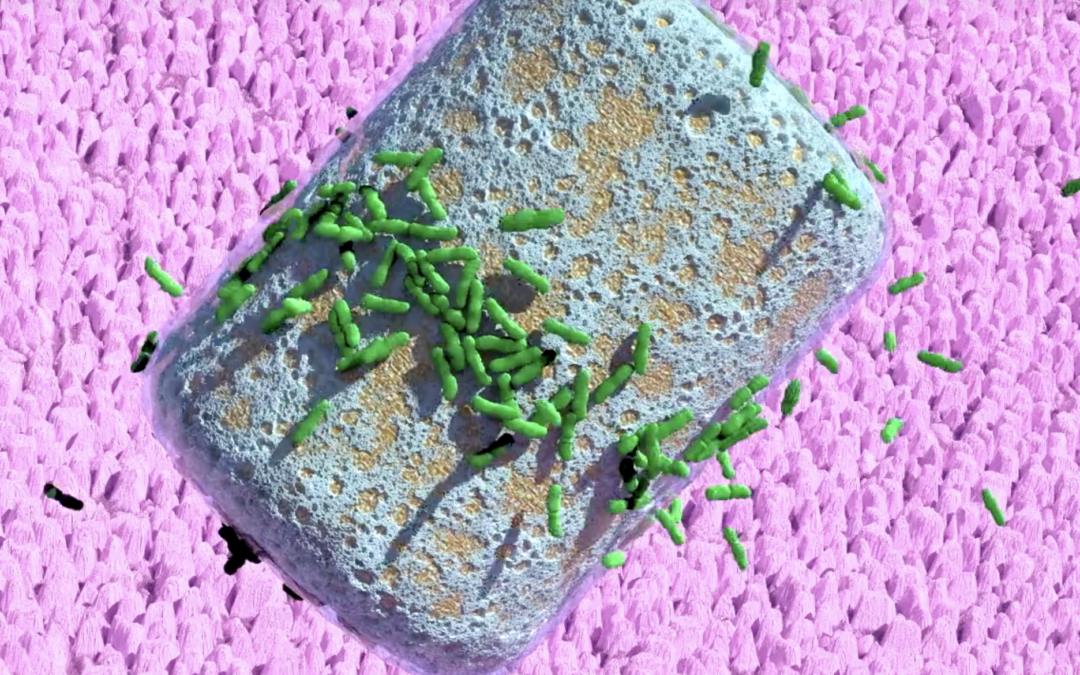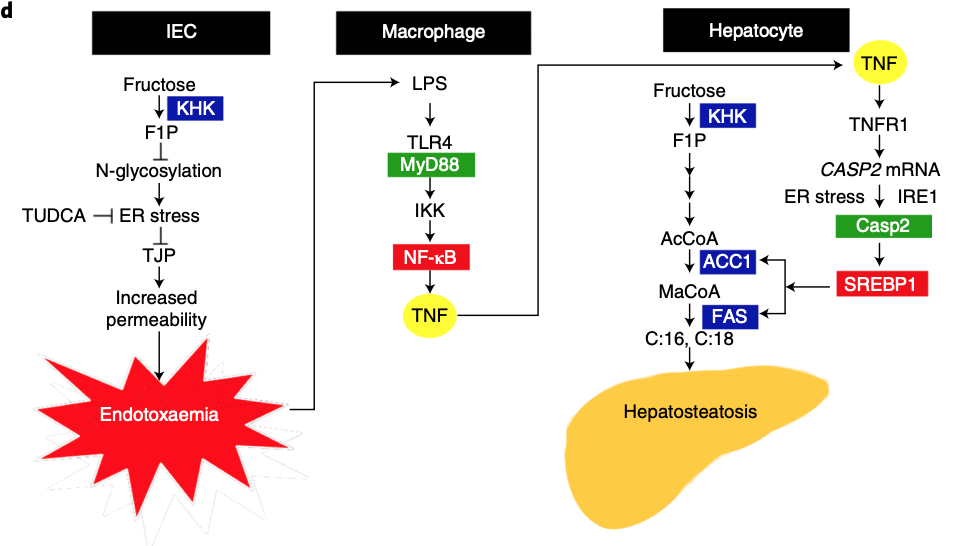Sugar – A Chronic Toxin
In the podcast Sugar – A Chronic Toxin? I discuss with @lizctucker how the sugar fructose is addictive, drives fatty liver disease, and accelerates the aging process.
In the podcast Sugar – A Chronic Toxin? I discuss with @lizctucker how the sugar fructose is addictive, drives fatty liver disease, and accelerates the aging process.

I’ve spent the last 25 years investigating the causes and treatments of chronic disease
(obesity, diabetes, fatty liver disease) in children and adults. I can sum up my research career in three simple precepts:
All of this has led me to determine that our processed food diet is the primary culprit. It is high-sugar, low-fiber, toxic, addictive, ubiquitous, and detrimental to society. Therefore, I’ve dedicated my efforts to reduce its impact on people and the environment.
I’ve also determined that processed food is not going away, no matter how I may want it to. Partly because it’s cheap, partly because it’s convenient, and partly because it’s addictive.
I’m for fixing the problem any way I can. Society can do this in two ways:
Reducing availability is problematic, as the industry keeps pushing it, the public keeps demanding it, and the government keeps ignoring it. I’m doing what I can, most recently publishing a white paper to provide a roadmap for processed food reduction.
But reducing harm may be a bit easier. To help sick people get better, I’ve teamed up with a group of materials science engineers to develop a proprietary fiber that will absorb sugars in the intestine, thus protecting the liver and feeding the gut, thus mitigating some of the toxic effects of processed food. The company is called BioLumen Technologies. It is very exciting and has generated interest within the processed food industry, most recently PepsiCo.
Some may question this strategy, as it would seem to be the antithesis of my message, and it looks on the surface like a “get out of jail free” card to patients, a “carte blanche” to the industry, and like I am “selling out”. Not true. You can’t let the perfect be the enemy of the good. People are hurting, people are dying, and COVID is making it worse. To stick to “principle” is to turn my back on these people. I’ve never taken a dime from the food industry, and I’m not starting now. I derive no salary from BioLumen, and I am not on Pepsi’s payroll. I’m just trying to fix the problem any way I can, using my research, knowledge, and expertise.
This fits well within my Hippocratic Oath and my oath to you, the public. Fix the problem. But you can’t fix a problem if you don’t know what the problem is. Everything I have learned so far in this amazing journey tells me that I do. If the processed food and beverage industry can figure it out too, then all to the better.
Metabolical: The Lure and the Lies of Processed Food, Nutrition, and Modern Medicine, by Robert H. Lustig.
To be released May 4, 2021
Pre-orders being taken on Amazon.
The New York Times bestselling author of Fat Chance explains the eight pathologies that underlie all chronic disease, documents how processed food has impacted them to ruin our health, economy, and environment over the past 50 years, and proposes an urgent manifesto and strategy to cure both us and the planet.
Dr. Lustig, a pediatric neuroendocrinologist who has long been on the cutting edge of medicine and science, challenges our current healthcare paradigm which has gone off the rails under the influence of Big Food, Big Pharma, and Big Government.
You can’t solve a problem if you don’t know what the problem is. One of Lustig’s singular gifts as a communicator is his ability to “connect the dots” for the general reader, in order to unpack the scientific data and concepts behind his arguments, as he tells the “real story of food” and “the story of real food”.
Metabolical will weave the interconnected strands of nutrition, health/disease, medicine, environment, and society into a completely new fabric by proving on a scientific basis a series of iconoclastic revelations, among them:
Making the case that food is the only lever we have to effect biochemical change to improve our health, Lustig explains what to eat based on two novel criteria: protect the liver, and feed the gut. He insists that if we do not fix our food and change the way we eat, we will continue to court chronic disease, bankrupt healthcare, and threaten the planet. But there is hope: this book explains what’s needed to fix all three.
The Nature Metabolism paper explains why some people who eat high sugar diets get fatty liver and some don’t.
It has to do with “leaky gut”; those with leaky gut get NAFLD. Except that chronic fructose causes NAFLD!
The Cell Metabolism paper shows why fructose causes both liver fat AND oxidative stress.
Normally these are in different liver pathways. It turns out the cell has a switch called triose kinase, which directs fructose metabolites down one pathway or the other.
These two papers, taken together, drive home the assertion that fructose is the primary, and the most modifiable driver of fatty liver, insulin resistance, and metabolic syndrome.
It’s the processed food, D’oh!!
Fructose stimulated de novo lipogenesis is promoted by inflammation, Nature Metabolism
Triose Kinase Controls the Lipogenic Potential of Fructose and Dietary Tolerance, Cell Metabolism

Schematic summary from “Fructose stimulated de novo lipogenesis is promoted by inflammation.” In IEC, dietary fructose is converted to F1P by KHK. F1P inhibits protein N-glycosylation, triggering ER stress and intestinal inflammation to downregulate TJPs and trigger barrier deterioration and endotoxaemia. Endotoxin (LPS) reaches the liver via the portal vein and engages TLR4 on macrophages to activate nuclear factor kappa B (NF-κB) via the adaptor protein MyD88 and induce TNF expression and secretion. TNF engages TNFR1 on hepatocytes to induce caspase-2 (CASP2) mRNA, whose translation is stimulated by ER-stress-activated IRE-1. CASP2 activates SREBP1 to induce ACC1 and FAS, thereby priming the liver to convert KHK-generated F1P to FA (C:16, C:18), giving rise to hepatosteatosis. *P< 0.05; **P< 0.01; ***P< 0.001.
Recent Comments